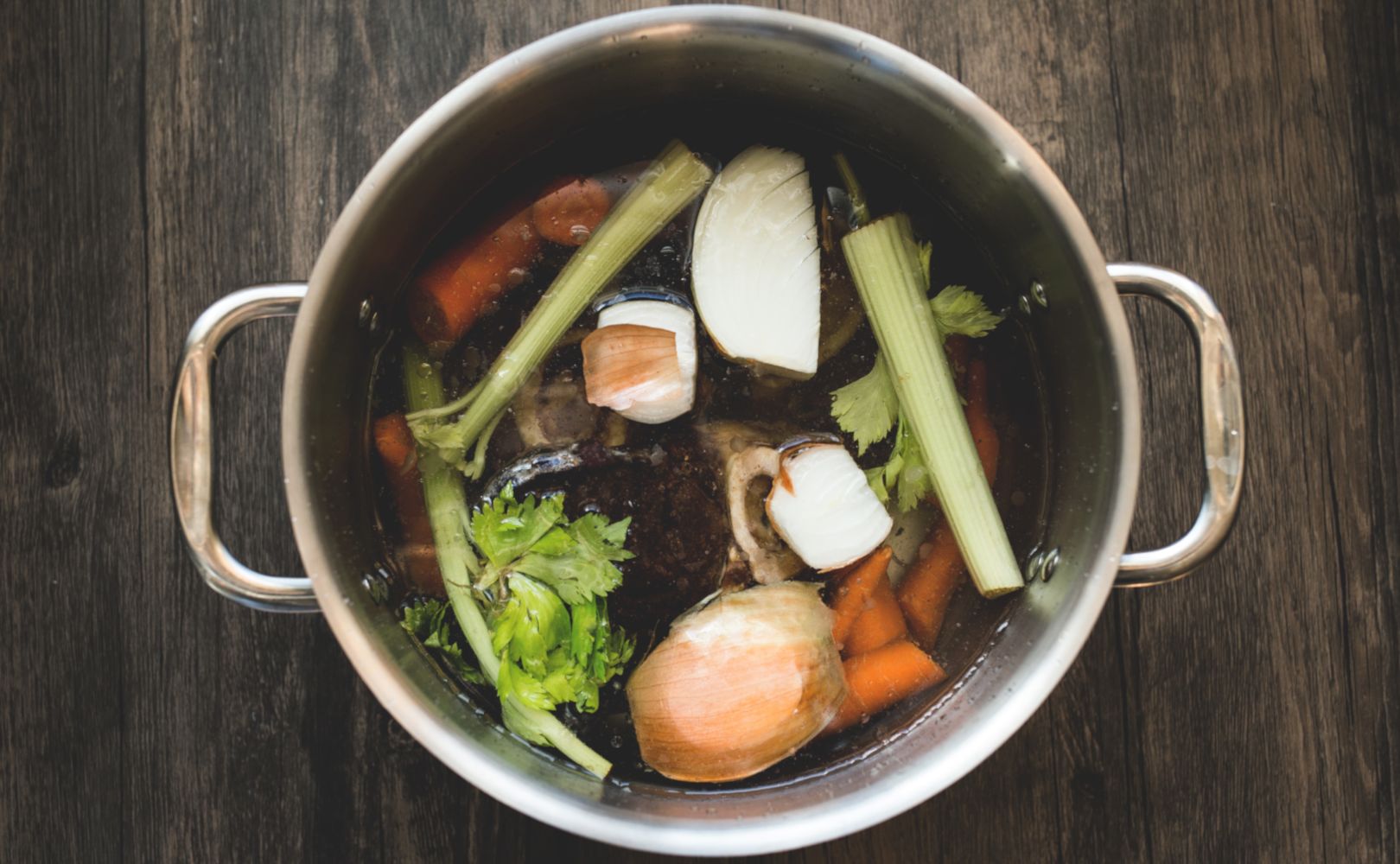My word is honor. When asked, it came to me quickly without much thought. It’s the word I will be using to define my yoga practice over the coming year. As I began to think about what the word meant to me, I automatically combined honor with sacrifice.
I knew that many people had made sacrifices for my benefit, in some cases long before I was born. The more I thought about it, the more I came to believe that I have an obligation and a duty to honor these people. People like my father. He was a lifer in the Air Force and died while serving this country. To this day, his loss still hurts and is difficult to talk about. And I’m reminded of the sacrifices made by all of the members of our Armed Forces, both living and past, as well as their families.
I think about our fellow Americans whose ancestors were brought here as slaves, the sacrifices that they have made, and the suffering they have endured to this day, for the benefit of us all. And I think about the sacrifices and the suffering of the Native Americans, who, in some cases, welcomed the first settlers to this country, only to have their societies and their unique approaches to life overrun by the greed, religion, and politics of Europe that immigrated to these shores.
The simple truth is this: we have all benefited from the sacrifices and the suffering of others. The more I think about it, the more I realize that I have a debt that, in all likelihood, can never fully be repaid. So how do I honor all of these people and all of their sacrifices? My first internal reaction (as usual) was to begin berating myself for not coming anywhere close to living up to my potential, repeatedly making mistakes, and not meeting my own misguided, unrealistic expectations. How am I ever going to live up to the sacrifice that my father made, let alone those of so many others?
Thankfully, I was given the gift of inspiration by my classmates, the 25 others that are a part of the JOY of Yoga teacher training program, a part of this journey we are sharing together. Many of them had the opportunity to describe their word of choice previously to the entire class, and it gave me time to think a bit deeper about what honor meant to me. Through meditation, I came to realize that the best way I can honor the sacrifices made by so many is to live the best life I can, give back, and to serve my community while making a real effort to make this world a better place for all.
My second realization was that I cannot achieve these goals by continually lashing out at myself, holding myself in contempt for past mistakes, and having no room for self-forgiveness for my perceived infractions. I have come to accept and believe that the best way to honor those that have suffered and sacrificed on my behalf is to first honor the self: to forgive my past indiscretions and mistakes that I’ve made along the way, take better care of myself, and literally shower myself with loving kindness.
By doing the work, ridding myself of all my internal shit, letting go of all the stuff that weighs me down, and breaking the chains that bind me, I will find the freedom and space to evolve into the best version of myself possible. Through this work, I will also increase my capacity to share more compassion and loving kindness with others, instead of using both to feed my own internal, abusive beast. By bringing loving kindness into my yoga practice and teachings, I honor myself and the sacrifices made by others, and acknowledge those that have and continue to suffer.
When I think of teaching yoga, the image that comes to my mind is a water droplet falling into a calm, quiet pool of water, sending ripples in all directions. As a yoga teacher, I see the classroom as the calm and quiet pool of water. Through our instruction, we have the opportunity to shower our students with water droplets of knowledge, compassion, and loving kindness, helping to improve the lives of everyone in the room, allowing everyone the space to feel better about themselves, and release the tension and stress that seems to plague us all.
When we succeed at this, we help each person achieve some measure of healing and release that may be lacking from their daily lives. And when people leave our classes feeling good, we’ve increased the likelihood that they’ll have a more positive impact on others that they encounter throughout the day. When this happens, the students have become the water droplets showering others with a little of what we were willing to share with them, continuing the ripple effect, and producing more water droplets along the way. This is why I believe that the teaching of yoga is so vital and so necessary.
Ultimately, I believe, it comes down to this: if we wish to bring an end to the suffering and pain of others, to take part in the cleansing of the soul of humanity, then we need to “Bring on the Rain!”















One reply on “My Approach to Practicing and Teaching Yoga”
Inspiring.